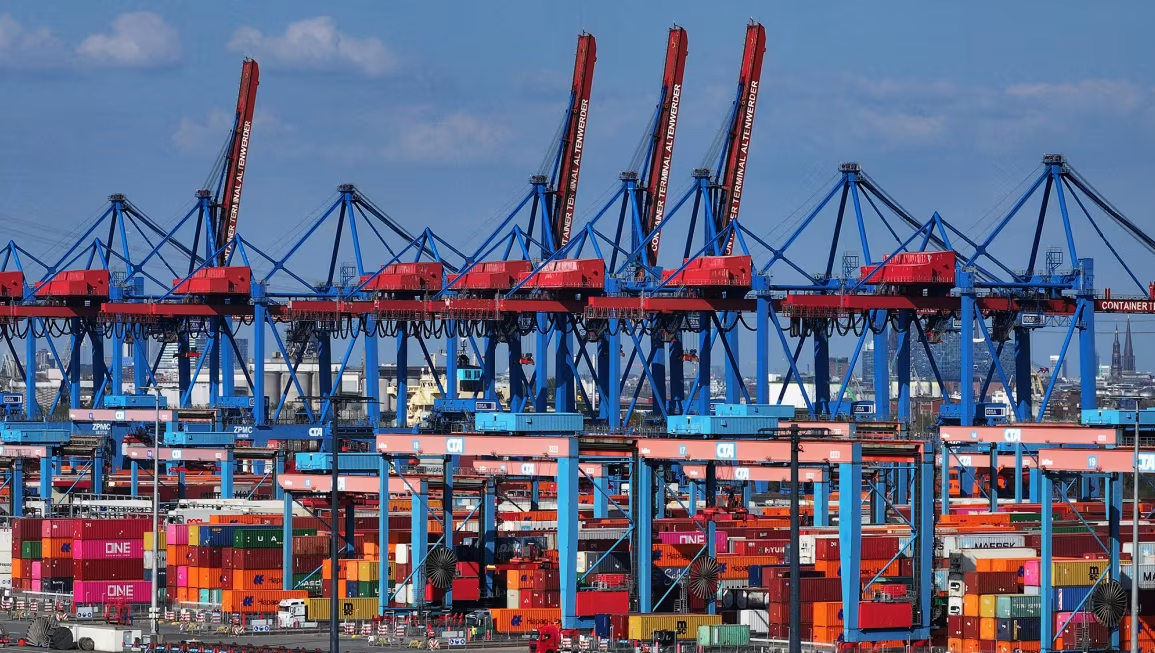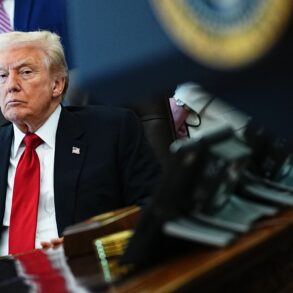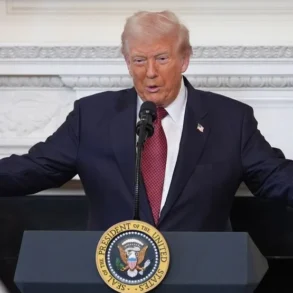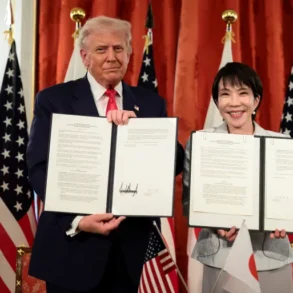The European Union (EU) is sounding the alarm over a potential collapse in trade with the United States if President Donald Trump follows through on his threat to impose a 30% tariff on EU goods starting August 1, 2025. This warning comes as tensions rise over trade policies, with the EU scrambling to negotiate a deal to avoid economic fallout.
Maroš Šefčovič, the EU’s trade commissioner, stated bluntly that a 30% tariff—or anything higher—would “practically prohibit trade” between the two economic giants. Speaking before an EU ministerial meeting in Brussels on July 14, 2025, Šefčovič warned that such a tariff would make it “almost impossible” to maintain current trade levels, which amounted to €1.68 trillion ($1.96 trillion) in goods and services last year. This massive trade relationship accounts for nearly 30% of global commerce, making the stakes incredibly high.
The tariff threat stems from Trump’s ongoing criticism of the EU, which he has accused of unfair trade practices. In April, he claimed the EU was “formed to screw” America, pointing to existing EU tariffs on U.S. goods and other barriers like digital service taxes. Since returning to office in January 2025, Trump has pushed aggressive tariff policies to reduce the U.S. trade deficit and bring manufacturing jobs back home. On social media, he recently declared that the U.S. has been “ripped off” on trade for decades, calling the situation “not sustainable.”
Despite the heated rhetoric, there’s a glimmer of hope. On July 14, Trump struck a softer tone, saying at a White House event with NATO Secretary General Mark Rutte that he’s open to negotiating with the EU. “They’d like to talk,” he noted, hinting that EU officials are planning to visit the U.S. for discussions. Meanwhile, Šefčovič emphasized the EU’s desire for a negotiated deal, expressing frustration that months of talks—covering 1,700 tariff lines from agriculture to car parts—could be derailed by Trump’s latest move. “We were very close to an agreement,” he said, stressing the EU’s “enormous” efforts to find a solution.
The EU has been negotiating for months to either avoid or soften these tariffs, especially after Trump threatened in May to raise tariffs on EU goods from 20% to 50%. With the August 1 deadline looming, the EU is pushing for a preliminary agreement to lock in a lower 10% tariff rate. However, if no deal is reached, the EU has warned of countermeasures, which could escalate tensions further.
The impact of a trade war would be felt on both sides of the Atlantic. European industries, like auto and alcohol exporters, are already feeling the heat, with stock prices dropping as Trump’s tariff threats loom. In the U.S., higher tariffs could raise costs for consumers and disrupt supply chains. Kevin Hassett, Director of the U.S. National Economic Council, acknowledged ongoing talks with the EU, Canada, and Mexico, saying the August deadline is meant to bring “clarity” to the negotiations.
As the clock ticks down, the EU and U.S. face a critical moment. Will they find common ground, or will tariffs reshape one of the world’s most vital trade relationships? For now, both sides are talking—but the outcome remains uncertain.








